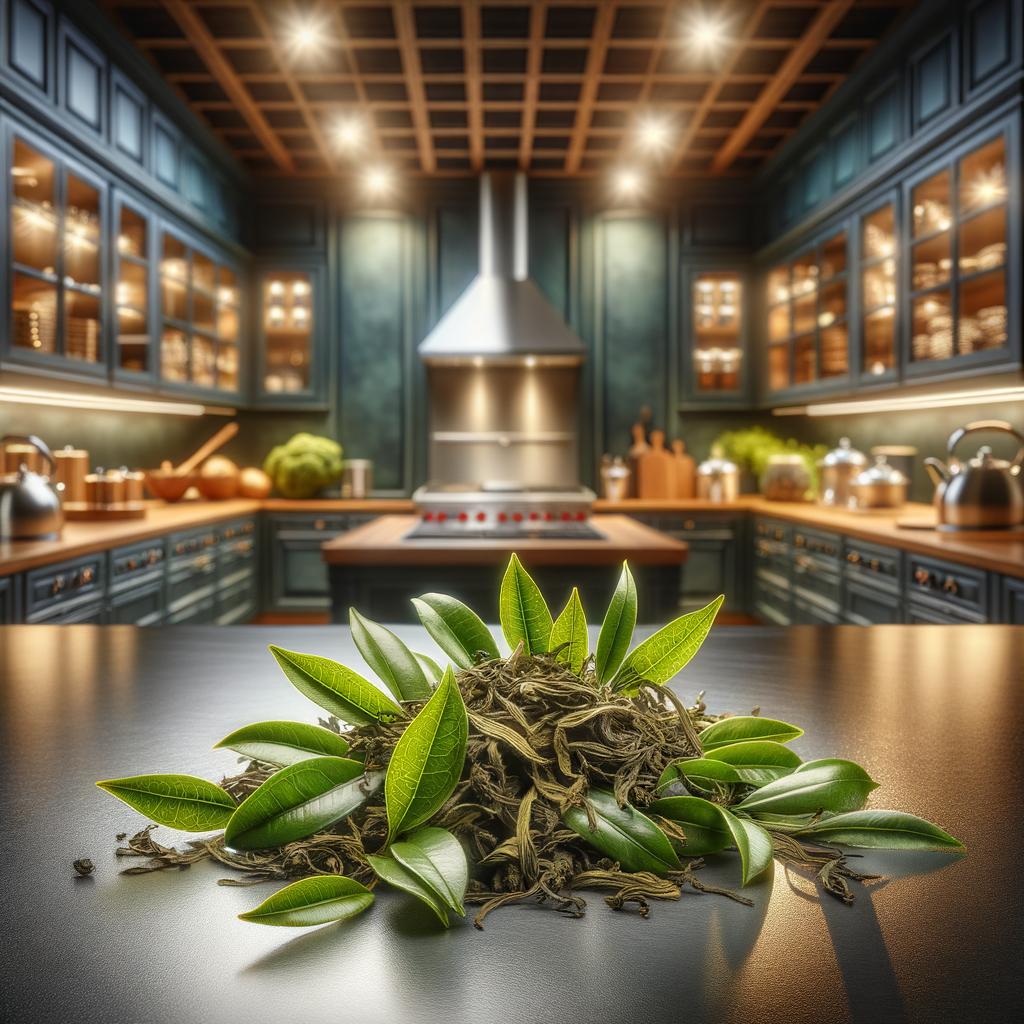Labrador Tea Leaves

Labrador Tea Leaves
Description
Labrador tea leaves, scientifically known as Rhododendron tomentosum, are a captivating ingredient to behold. Their glossy, dark green leaves are speckled with tiny, white hairs on the underside, creating a beautiful contrast. These leaves are leathery and aromatic, exuding a unique, pungent scent that is both earthy and slightly spicy. When steeped in hot water, they release a delicate, herbal flavor with subtle notes of citrus and mint. The unique characteristic of Labrador tea leaves is their resilience. They thrive in the harshest of climates, from the arctic tundras to the rocky mountains, setting them apart from other tea leaves which require specific growing conditions.
Primary Uses
Labrador tea leaves are most commonly used to brew a soothing, aromatic tea. This tea is a staple in many northern cuisines, particularly in Canada and the Nordic countries. The leaves are also used to flavor meat dishes, soups, and stews, imparting a unique, herbal flavor. Beyond its culinary uses, Labrador tea has been used for centuries for its medicinal properties. It's believed to aid digestion, relieve coughs and colds, and even soothe skin irritations when applied topically.
History
The history of Labrador tea leaves is steeped in tradition and survival. Indigenous peoples of North America have been using these leaves for thousands of years, both as a source of nutrition and for their medicinal properties. There are tales of explorers surviving harsh winters by brewing Labrador tea, its vitamin C content warding off scurvy. Over time, the use of these leaves has evolved from a survival necessity to a cherished ingredient in modern cuisine, a testament to its enduring appeal.
Nutritional Information
Labrador tea leaves are rich in vitamin C, a potent antioxidant that supports immune health. They also contain trace amounts of minerals like potassium and magnesium. The leaves have been studied for their potential anti-inflammatory and antimicrobial properties, although more research is needed in this area. Compared to other tea leaves, Labrador tea leaves have a higher vitamin C content but should be consumed in moderation due to the presence of ledol, a compound that can be toxic in large amounts. As always, it's important to remember that the most nutritious diet is a varied one, and Labrador tea leaves should be just one part of a balanced, healthy diet.

